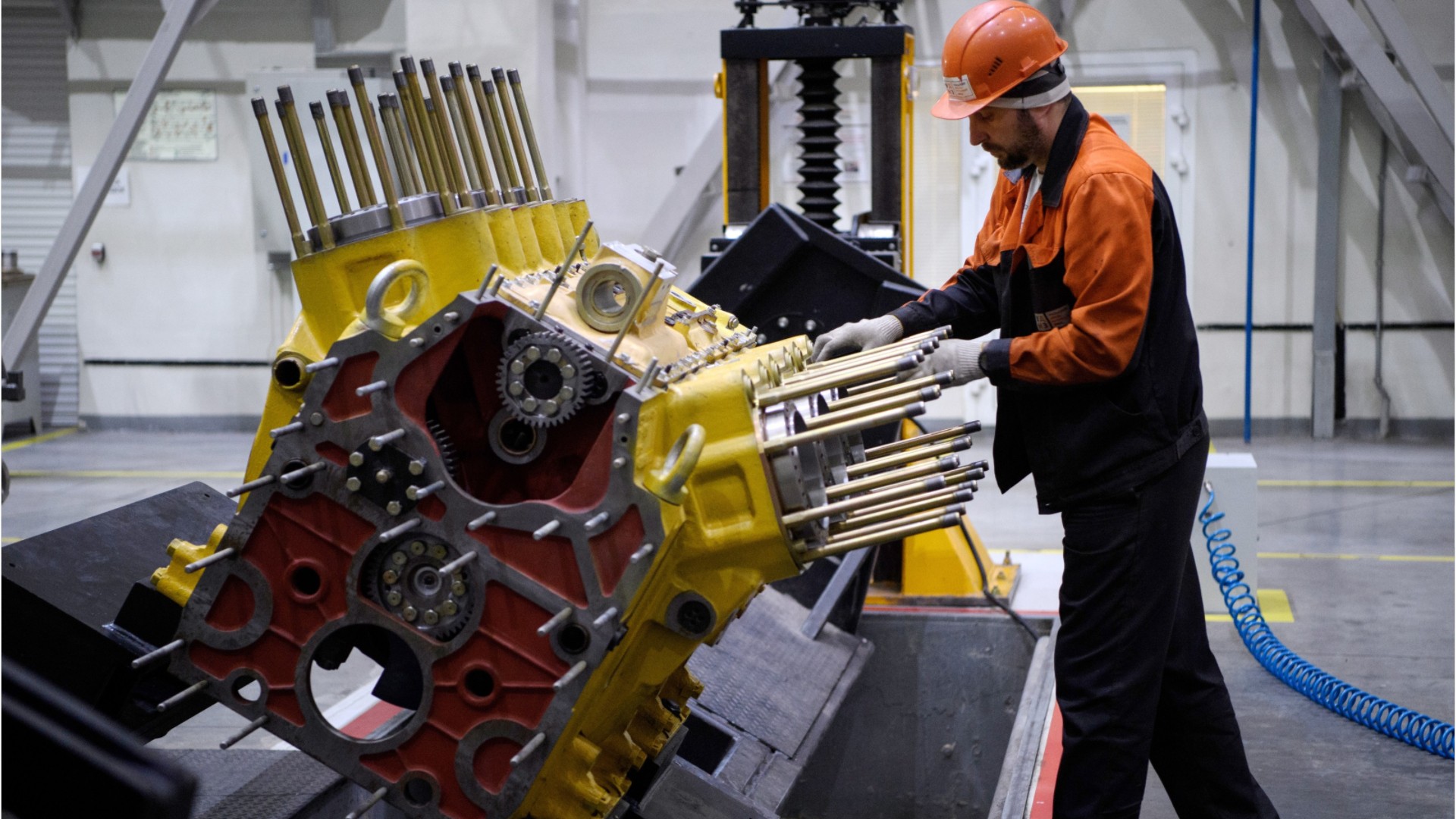Bus & Truck Mechanics & Diesel Engine Specialists
Bus Mechanic, Diesel Mechanic, Diesel Technician (Diesel Tech), Truck Mechanic
What they do:
Diagnose, adjust, repair, or overhaul buses and trucks, or maintain and repair any type of diesel engines. Includes mechanics working primarily with automobile or marine diesel engines.
On the job, you would:
- Use handtools, such as screwdrivers, pliers, wrenches, pressure gauges, or precision instruments, as well as power tools, such as pneumatic wrenches, lathes, welding equipment, or jacks and hoists.
- Inspect brake systems, steering mechanisms, wheel bearings, and other important parts to ensure that they are in proper operating condition.
- Raise trucks, buses, and heavy parts or equipment using hydraulic jacks or hoists.
Knowledge
Engineering and Technology
- mechanical
- computers and electronics
Transportation
- movement of people or goods by air, rail, sea, or road
Education and Training
- teaching and course design
Arts and Humanities
- English language
Skills
Basic Skills
- thinking about the pros and cons of different ways to solve a problem
- talking to others
Problem Solving
- noticing a problem and figuring out the best way to solve it
Abilities
Hand and Finger Use
- hold or move items with your hands
- keep your arm or hand steady
Controlled Movement
- quickly change the controls of a machine, car, truck or boat
- use your arms and/or legs together while sitting, standing, or lying down
Ideas and Logic
- notice when problems happen
- use rules to solve problems
Hearing and Speech
- tell the difference between sounds
Personality
People interested in this work like activities that include practical, hands-on problems and solutions.
They do well at jobs that need:
- Attention to Detail
- Dependability
- Cautiousness
- Perseverance
- Integrity
- Stress Tolerance
Technology
You might use software like this on the job:
Computer aided design CAD software
- Autodesk AutoCAD
- Dassault Systemes SolidWorks
Facilities management software
- Computerized maintenance management system software CMMS
- Shop management software
Analytical or scientific software
- Cummins INSITE
- Engine diagnostic software
Education
Education: (rated 3 of 5)
certificate after high school or
high school diploma/GED
usually needed
high school diploma/GED
usually needed
Job Outlook
Below Average
New job opportunities are less likely in the future.
Explore More
- Automotive Service Technicians & Mechanics
- Mobile Heavy Equipment Mechanics
- Motorboat Mechanics & Service Technicians
- Outdoor Power Equipment & Other Small Engine Mechanics
- Rail Car Repairers
You might like a career in one of these industries:
See more details at O*NET OnLine about Bus & Truck Mechanics & Diesel Engine Specialists.





